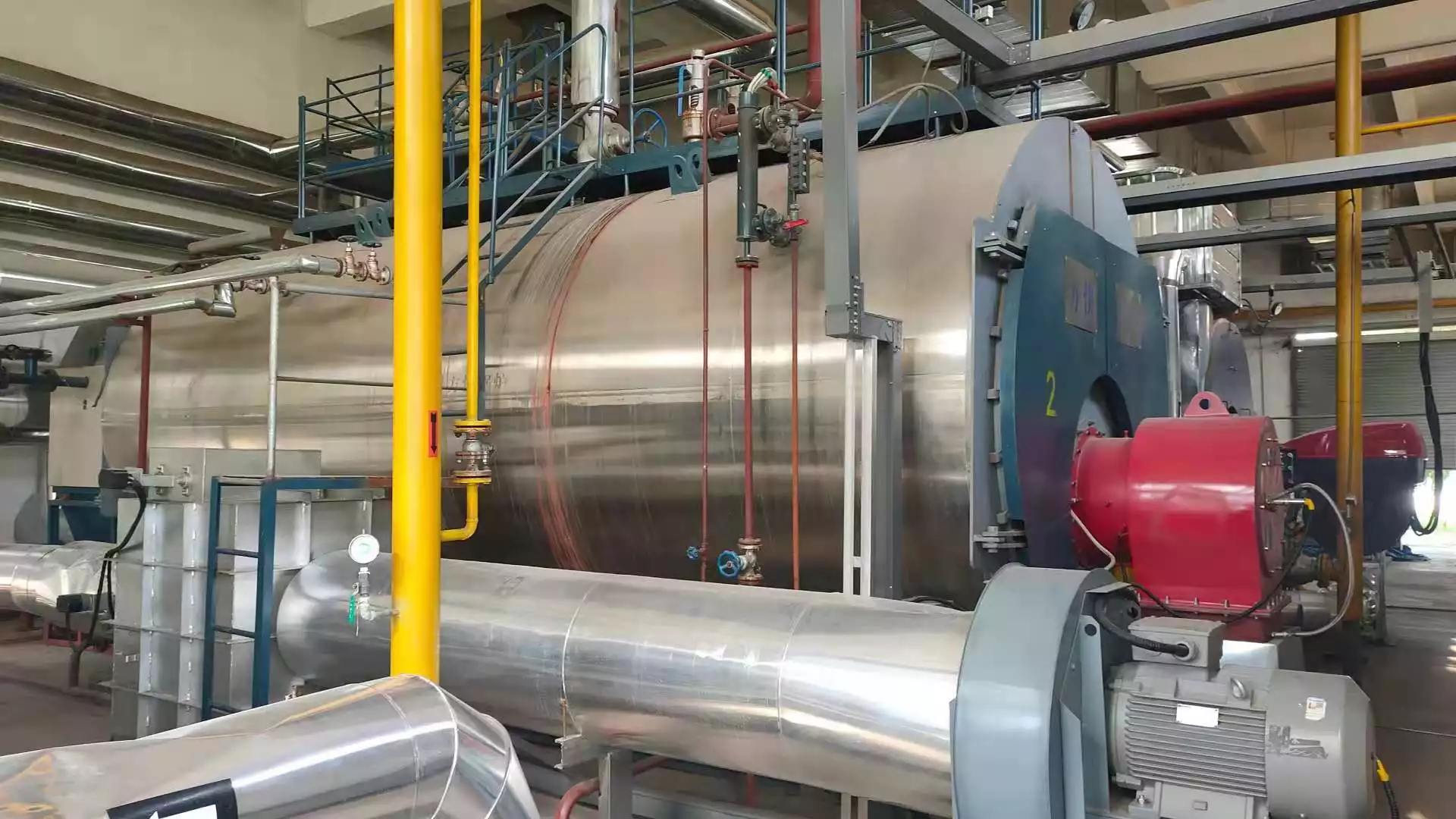wood boiler heat exchanger
As the energy cost continues to rise, many people are turning to wood boilers as an alternative source of heating. Wood boilers have been used for thousands of years, but they have only recently become popular in the United States. A wood boiler is basically a large metal tank that holds water and firewood. The firewood heats up the water inside of the tank, and then that steam goes through pipes and radiators throughout your home. One of the most important parts of any boiler is its heat exchanger because this component helps regulate how much heat leaves with each steam puff into your radiators.
Get an online fixed price in 20 seconds:
What is a wood boiler heat exchanger?
wood boiler heat exchanger
A heat exchanger is a device used to transfer heat energy from one medium to another. The most common use of a heat exchanger is to transfer waste heat from a power plant (como carbón, aceite o gas natural) into water for use in heating and hot water.
Wood boilers are also used to produce electricity using wood fuel. The flue gases emitted by these machines contain huge amounts of wasted energy which can be recovered using an advanced wood boiler heat exchanger.
A wood boiler heats water through combustion of wood or other biomasa fuels. As this happens, there will be some amount of waste gases released in the process that could otherwise be captured and reused if properly insulated or cooled down before being cycled back into your home’s central heating system via an external pump system connected directly onto your existing plumbing system through an outside wall where it helps keep temperatures balanced throughout all seasons without increasing costs significantly since the majority of equipment used here will already exist anyway (e.,g., furnace).
How does a wood boiler heat exchanger work?
outdoor wood boiler heat exchanger
The heat exchanger transfers the heat from the firebox to the water in your hot water tank. It’s made of metal, usually copper or steel. You can think of it as a pipe surrounded by another pipe (the outer pipe). The inner pipe has a series of fins that look like little fingers sticking out from its surface. When you put wood pellets in your firebox, these pieces roast and turn into ash. That ash falls down into a collection chamber at the bottom of your furnace and heats up until it becomes steam when it mixes with air coming from your home’s heating system and then passes through this inner piping filled with water that transfers all that heat directly across to wherever else needs it (like your hot water tank).
Necesito una nueva caldera?
What are the 3 types of heat exchangers?
outdoor wood boiler heat exchanger installation
Heat exchangers come in three varieties: pre-heating, post-heating, and combined heat exchangers. The first two are exactly what they sound like—a device that transfers heat from one medium to another.
Combined heat exchangers are a little trickier to understand. They can be used for either pre- or post-heating, but they do both jobs at once. Por ejemplo, if you have an oil furnace and want to use wood pellets as an alternate fuel source instead of traditional firewood logs or pellets, you could install a combined heat exchanger by hooking it up to your existing system.
Which heat exchanger is most efficient?
wood burning boiler system
A steam-to-water heat exchanger is most efficient when it comes to space and money. They’re smaller and more affordable than uninsulated water collectors, without losing any eficiencia in the process. You can expect a steam-to-water heat exchanger to be at least twice as efficient as an uninsulated collector.
Sin embargo, if you do need to save money on your project or don’t have room for a large collector (due to space constraints), there are still options available for you. The most popular option is solar panels made with copper tubes instead of glass panels – this allows them to be cheaper without losing their efficiency!
Obtenga cotizaciones de calderas GRATIS
- ✔Obtenga cotizaciones de calderas locales GRATIS hoy
- ✔Compara Los Mejores Precios
- ✔Ahorre dinero en su nueva caldera hoy!
What are the important factors for choosing heat exchanger?
Before choosing a heat exchanger, you need to consider the following factors:
- How much heat do you need to transfer?
- How much space do you have for your system?
- What is your budget (how much money can be spent on the system)?
- What does the weight of your heat exchanger mean for installation and operation?
- Do you have enough time for installation (installation is an important factor in obtaining maximum efficiency from your boiler)?
How can I increase the efficiency of my wood boiler?
outdoor wood boiler
There are several ways you can increase the efficiency of your caldera de leña.
- Install a heat exchanger. A heat exchanger will help you get more heat out of the firebox and into your home by cycling water through the system more quickly. There are a few different types, but they all work in essentially the same way: they move hot water rapidly through the pipes. They do this by using pumps or fans to cycle air through tubes that have been filled with water at different temperatures, so that as one tube cools down, another one heats up and vice versa. This constant cycling helps dissipate any excess heat from your system instead of letting it build up inside pipes where it would be wasted.
- Install a condenser (optional). If you want to take things one step further, consider installing a condenser on top of your wood boiler’s flue pipe before it exits outside through chimney pipes—this will reduce moisture content even further than just running water through pipes does!
How do you hook up a heat exchanger to an outdoor boiler?
outdoor wood boiler for sale
You should always use the correct size pipe to transport your water. If there are too many bends or if you use a pipe that’s too small, it can impact performance and efficiency. When choosing a connector for your heat exchanger, make sure to get one made specifically for outdoor boilers. This will ensure a tight fit without any leaks.
Conclusión
Now that we have seen the benefits and disadvantages of wood boiler heat exchangers, you should be able to decide if they are right for your home. If you want to get started with a heat exchanger, then check out our article on how to hook up an outdoor boiler.

Buscando calderas con fabricación sofisticada, gran calidad?
La caldera Fangkuai siempre puede proporcionar lo que desea.


